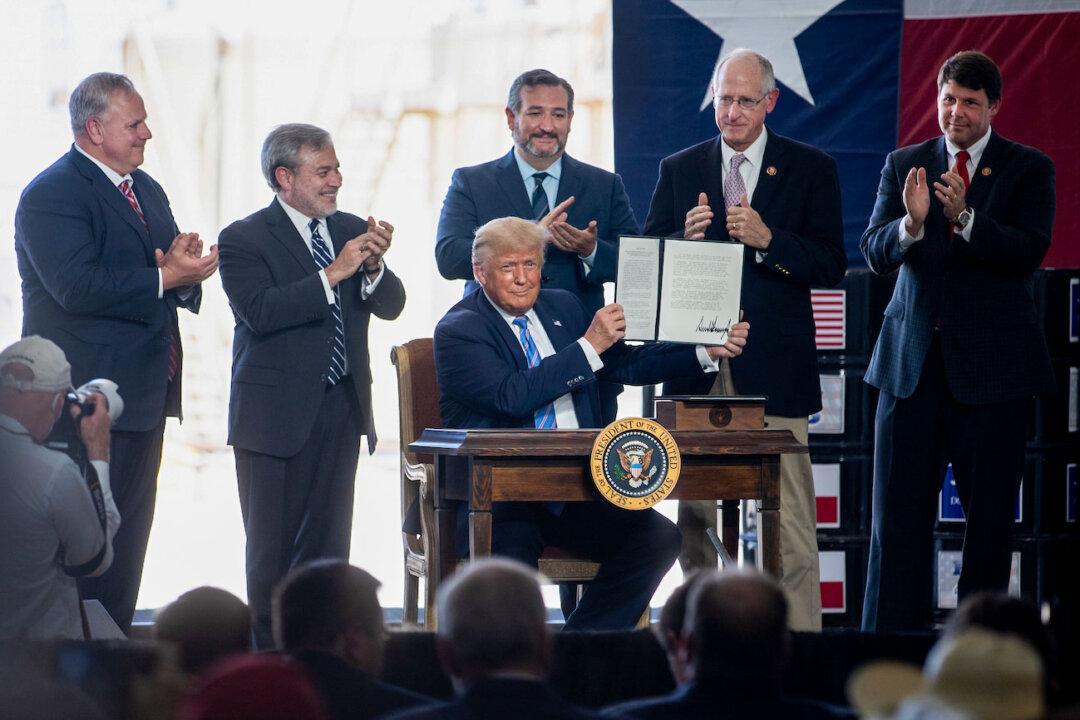News Analysis
When newly-inaugurated President Donald Trump issues his anticipated broadside of 100 day one executive actions on Jan. 20, several dozen will presumably zero in on energy policy and environmental regulation.

When newly-inaugurated President Donald Trump issues his anticipated broadside of 100 day one executive actions on Jan. 20, several dozen will presumably zero in on energy policy and environmental regulation.